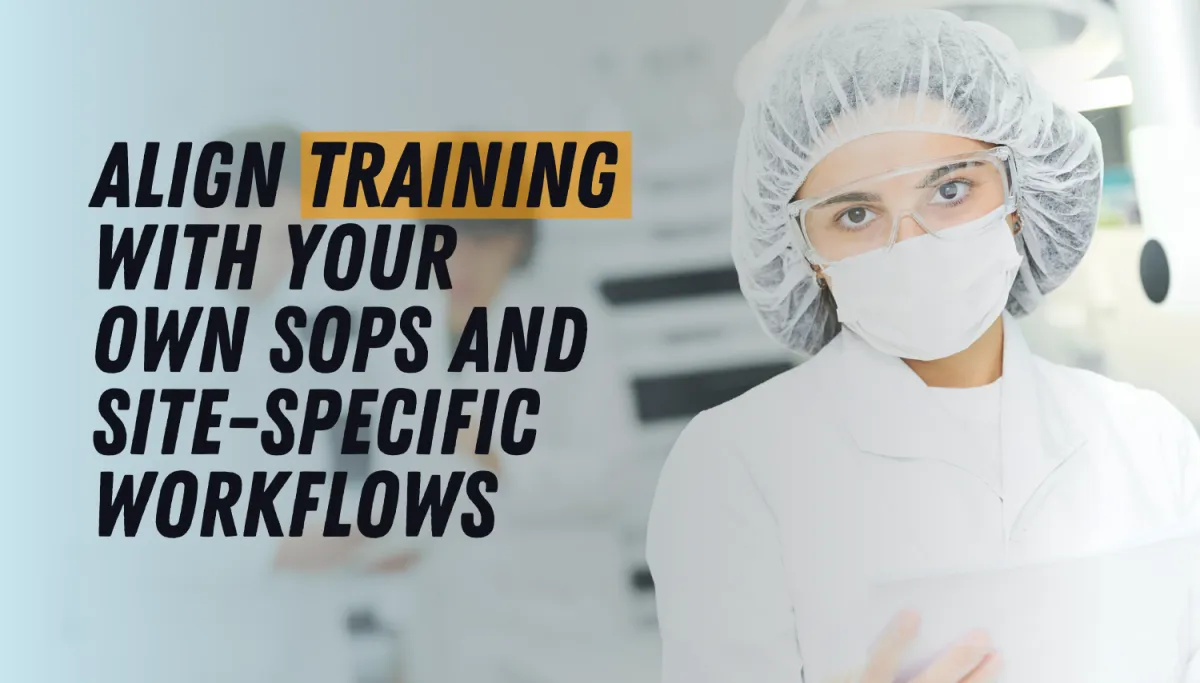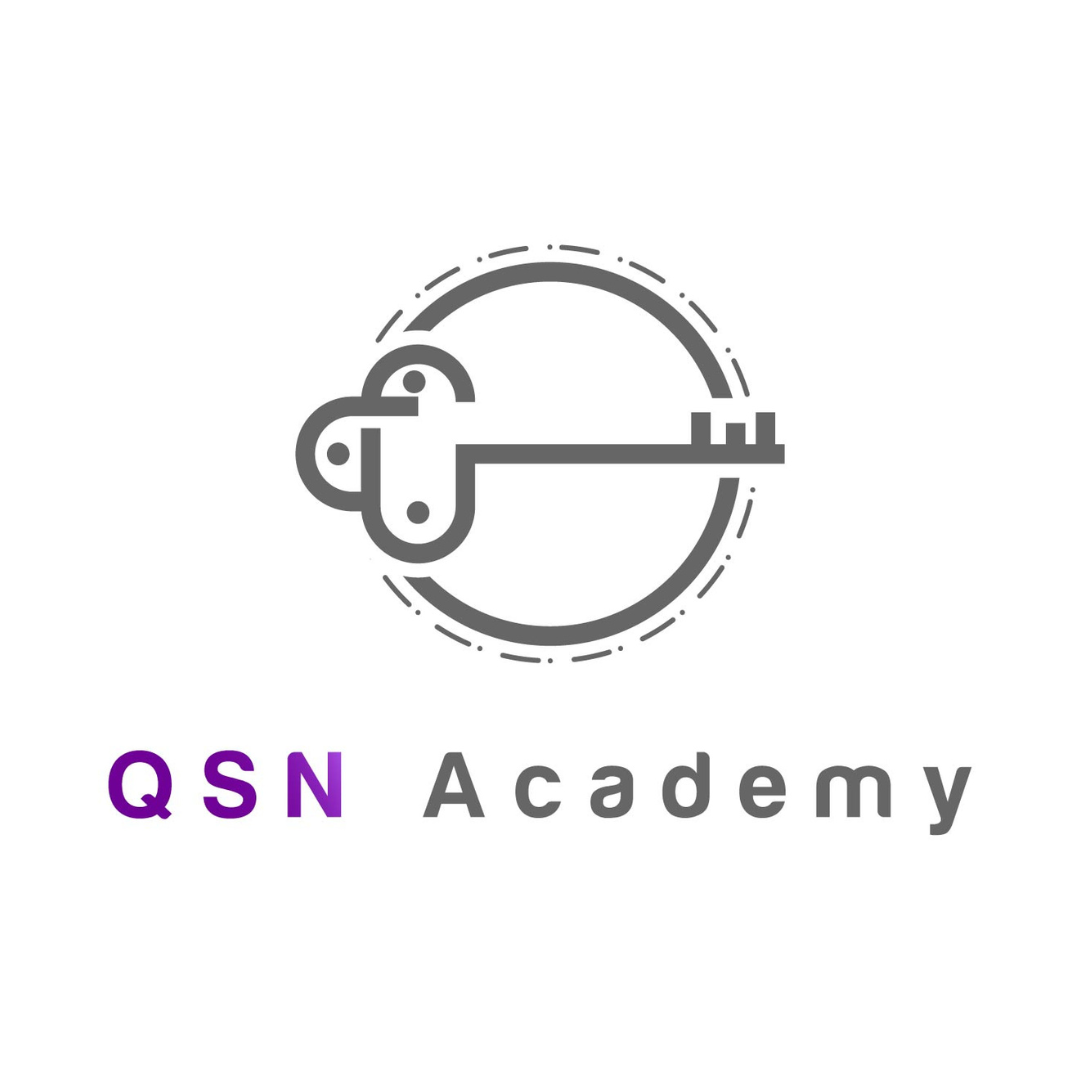
Align Training with Your Own SOPs and Site-Specific Workflows
Why Generic GMP Training Falls Short
In regulated industries such as therapeutic goods manufacturing, biotechnology, and analytical testing, Good Manufacturing Practice (GMP) training is not optional—it is a foundational requirement. However, many organisations make the mistake of relying solely on off-the-shelf training programs that provide generic knowledge but fail to address how compliance is applied in their own facilities.
While general GMP principles are universal, their application is not. Each site has its own Standard Operating Procedures (SOPs), facility layouts, equipment, and process flows. These variations mean that employees trained only in generic principles may still lack the capability to execute tasks in a compliant manner within their specific environment. The result is a knowledge gap that can manifest as operational errors, audit findings, and costly rework.
The Regulatory Imperative for Site-Specific Training
Regulatory authorities such as the TGA (Therapeutic Goods Administration), FDA (Food and Drug Administration), and EMA (European Medicines Agency) expect evidence that training programs are tailored to the actual processes performed on-site. A compliant training record is not just a tick-box exercise—it must demonstrate that staff are competent to carry out the procedures exactly as they are defined in your own SOPs.
This is not merely an administrative expectation. GMP’s core principle—ensuring product quality and patient safety—depends on operators performing tasks consistently and correctly. If an SOP states that a piece of equipment must be calibrated before each use, but training never covers the actual calibration procedure in your facility, you have not met the requirement for job-specific competency.
Mapping Training to SOPs and Workflows
The first step in aligning training to site-specific processes is mapping. This involves:
Identifying all relevant SOPs for each role.
Every role should have a defined set of SOPs it must follow. These documents are the baseline for determining what training is required.Linking training modules to individual SOPs rather than broad topics.
For example, instead of “Cleanroom Behaviour,” the training should directly reference SOP-0012 “Entry and Exit Procedures for Grade B Cleanroom.”Including site-specific process flows and equipment within the training content.
This ensures employees learn how to carry out tasks exactly as required in your environment.Creating visual and practical components so trainees can see and practice the exact workflow before being assessed as competent.
Integrating On-the-Job Training
While classroom or online learning is effective for delivering theoretical knowledge, GMP compliance demands more than conceptual understanding. On-the-job training (OJT) integrates SOP instructions with hands-on application in the actual workspace.
Effective OJT should:
Be conducted by an experienced, qualified trainer.
Take place in the exact work environment where the task will be performed.
Use the actual SOP as the reference point during training.
Include a formal competency assessment, not just observation.
This method ensures that employees can carry out procedures under normal working conditions, taking into account site-specific variables such as equipment configuration, room layout, and environmental controls.
Keeping Training Current with SOP Revisions
One common compliance pitfall is failing to retrain staff when SOPs are revised. Regulatory bodies expect that whenever a procedure changes, all affected personnel receive updated training before they continue performing the task.
This requires:
A training matrix that links SOP numbers to affected staff.
Automated alerts or systems that flag when SOP revisions require retraining.
Documented evidence that retraining was conducted and competence was reassessed.
Without these controls, there is a high risk of staff continuing to follow outdated instructions, leading to deviations and non-compliance.
Benefits Beyond Compliance
While regulatory requirements drive the need for site-specific GMP training, the benefits extend far beyond audit readiness. When training is aligned with actual workflows:
Error rates decrease, because employees understand and can follow the exact process required.
Operational efficiency improves, as staff spend less time seeking clarification or making corrections.
Staff confidence grows, leading to a more engaged and proactive workforce.
Knowledge retention increases, as training is directly relevant to daily activities.
These outcomes contribute directly to productivity, product quality, and customer trust.
Leveraging QSN Academy’s Approach
At QSN Academy, we recognise that compliance is only effective when training mirrors the realities of your operations. Our approach ensures that GMP principles are not taught in isolation, but in direct alignment with your own SOPs and site-specific workflows.
We work with your team to:
Review and integrate your SOPs into training modules.
Customise learning content so it reflects your equipment, processes, and terminology.
Train your trainers to deliver consistent, competency-based instruction.
Establish a documented training matrix for clear compliance traceability.
By embedding your procedures into the learning process, we close the gap between “knowing GMP” and “doing GMP correctly in your environment.”
Building a Sustainable Training Culture
True GMP compliance is not achieved through one-off training sessions. It requires a culture where procedural adherence is reinforced through continuous learning and improvement. This means:
Regular refreshers to prevent skill fade.
Incorporating training into change control processes.
Encouraging feedback from operators to improve SOP clarity.
Using training data to identify trends and address recurring issues.
When training is an integral part of operational life, compliance becomes a natural outcome rather than a reactive scramble before an audit.
Conclusion
Generic GMP training may be a starting point, but it is insufficient for achieving true compliance and operational excellence. By aligning training with your own SOPs and site-specific workflows, you ensure that staff are not only aware of regulatory requirements but are fully competent to apply them in your unique operational context.
Regulators demand it, quality systems depend on it, and your product’s safety and integrity rely on it. The investment in tailored, site-specific GMP training pays dividends in reduced errors, smoother audits, and a stronger quality culture.
QSN Academy’s expertise in bridging the gap between theory and practice helps organisations meet these demands with precision, efficiency, and confidence—ensuring that your team can perform at the highest level from day one and sustain compliance over the long term.
